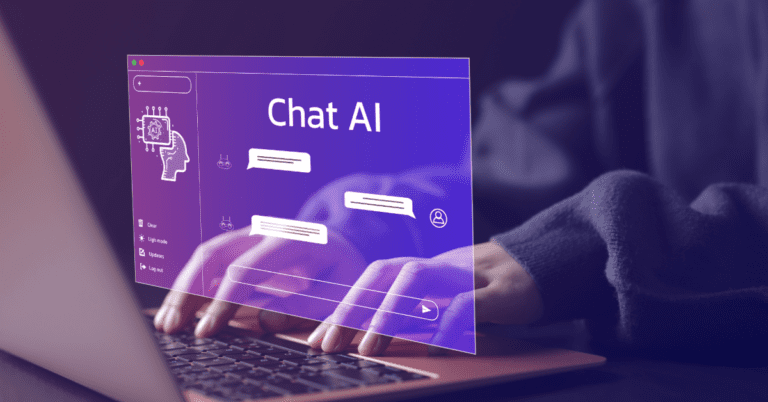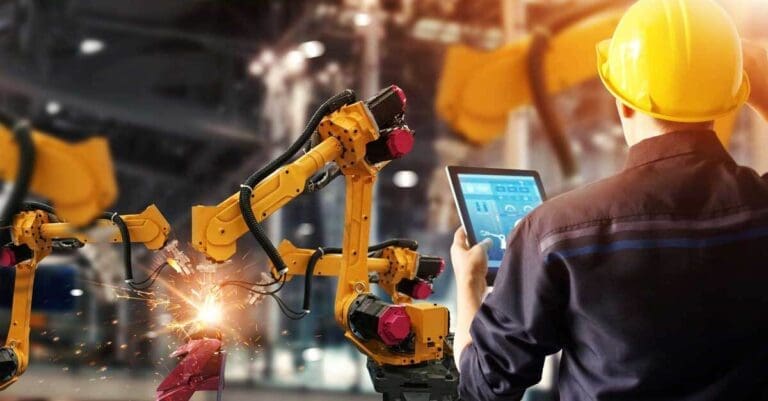
The rapid pace of business, increasing consumer expectations, and the increasingly digital economy are accelerating the drive for organizations to simplify, streamline, and optimize their supply chain operations.
Companies that harness the power of AI to streamline supply chain logistics can realize remarkable benefits, including reduced transportation costs, improved delivery accuracy, and increased profitability.
Things to know about streamlining supply chain logistics with AI:
- Common Supply Chain Challenges
- Why Should Your Business Use AI to Streamline Supply Chain Logistics?
- 5 Ways to Streamline Supply Chain Logistics with AI
Common Supply Chain Challenges
With the rapid evolution of technology, the rapid pace of business, fluctuations in consumer preferences, decreased delivery time expectations, and political and economic instability, companies today face an ever-increasing volume of demand and supply variability.
Fluctuations in demand and unpredictable variations in supply can lead to imbalanced inventory levels, stockouts, or excess inventory. Managing these variations effectively requires accurate demand forecasting, agile production planning, and robust inventory management systems.
Global supply chains have also become more intricate, as organizations face the challenges that come with navigating complex networks of suppliers, distributors, and logistics partners across different countries. This complexity is amplified by additional risks, including geopolitical uncertainties, regulatory compliance, and cultural differences.
All of these supply chain challenges can significantly impact the efficiency, cost, and reliability of the overall process.
Why Should Your Business Use AI to Streamline Supply Chain Logistics?
Organizations can overcome common supply chain struggles by leveraging the power of artificial intelligence to transform their supply chain and enhance efficiency, accuracy, and decision-making capabilities in the process.
When your organization uses AI to streamline logistics operations, you can optimize routes, reduce transit times, and improve delivery accuracy. This, in turn, reduces transportation costs, improves customer service, and increases profitability.
To learn more about optimizing your supply chain with AI, see our other articles in the series:
- AI for Supply Chain Optimization: Improve Demand Forecasting
- AI for Supply Chain Optimization: Enhance Visibility
- AI For Supply Chain Optimization: Predictive Maintenance
5 Ways to Streamline Supply Chain Logistics with AI
Your organization can optimize its supply chain management and streamline logistics through:
- Predictive analytics
- Route optimization
- Automated warehouse management
- Real-time tracking
- Chatbots and customer service
Predictive analytics
AI-powered predictive analytics enables your organization to analyze historical data, market trends, and other factors to predict demand, anticipate potential disruptions, and forecast future trends.
This information empowers your organization to make informed decisions around procurement, production, and distribution, ensuring the right amount of inventory is available in the right locations. This, in turn, helps to reduce the costs associated with overstocking or stockouts.
Route optimization
Organizations can use AI to analyze factors like traffic patterns and weather conditions to inform and optimize delivery route planning. Machine learning algorithms continuously learn from data, meaning accuracy improves over time.
Route optimization reduces fuel and transportation costs, improves delivery speed, and enhances customer satisfaction through timely, reliable deliveries.
Automated warehouse management
AI can automate tasks like picking, packing, and sorting to increase operational efficiency, reduce costs, and improve accuracy.
AI algorithms can also be used to optimize and automate warehouse management by optimizing layouts and inventory placement to maximize storage capacity and ensure effective stock rotation.
Real-time tracking
Organizations can leverage real-time data from sensors and IoT devices to monitor the progress of shipments and identify any potential bottlenecks.
This level of end-to-end supply chain visibility enables organizations to provide customers with more accurate delivery timelines, reduces the likelihood of delayed or lost shipments, and enhances overall reliability.
Chatbots and customer service
AI-powered chatbots have become an increasingly popular tool for customer service. These chatbots, which leverage natural language processing (NLP) and machine learning, can assist customers with their inquiries around product information, order status, and returns.
Chatbots are available to customers 24/7, enabling your organization to respond to customers in a timely fashion and resolve their queries and concerns quickly. This reduces the workload on your customer service teams and increases customer satisfaction.
Furthermore, you can use AI algorithms to analyze chatbot interactions to identify common customer preferences and pain points, enabling you to modify your services, products, and operations to enhance customer satisfaction.
It’s worth noting that while AI can bring significant benefits to supplier management, human expertise, and judgment are still crucial. AI should be viewed as a tool to augment human decision-making and enhance efficiency rather than replace human involvement entirely.
How AIM Consulting Can Help You Harness the Power of AI
AIM Consulting’s expertise in machine learning and predictive and prescriptive analytics has helped many organizations transform their supply chain management by improving efficiency, reducing costs, and enhancing customer satisfaction.
By using AI to streamline supply chain logistics, we can help your organization optimize routes, improve delivery accuracy, reduce transportation costs, and improve customer satisfaction, giving you a competitive advantage in the marketplace.
Need Help Streamlining Supply Chain Logistics with AI?
We’ll partner with you to harness the power of AI technologies and help your organization gain a competitive edge to stay ahead of the curve in today’s rapidly changing business environment.




